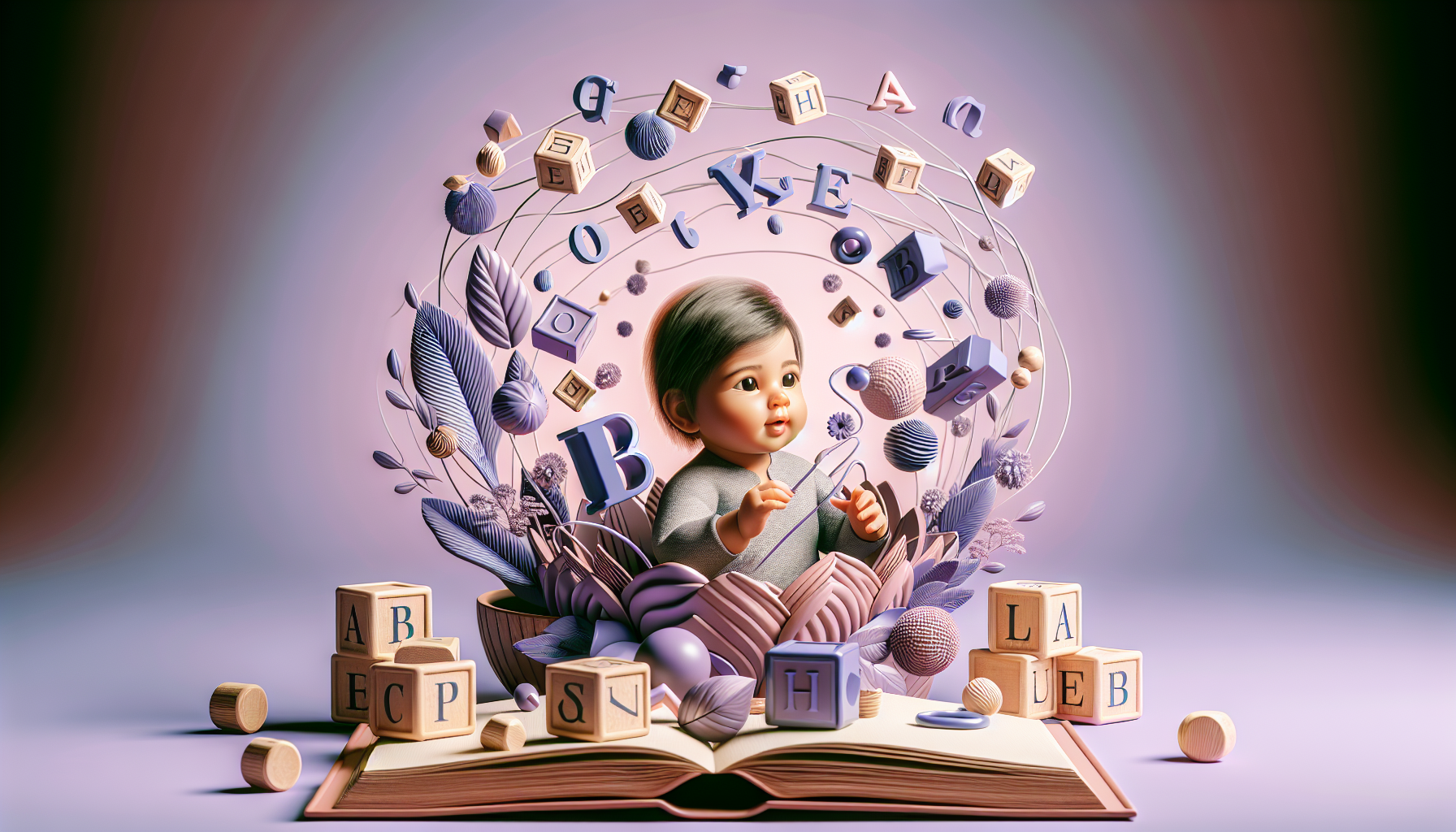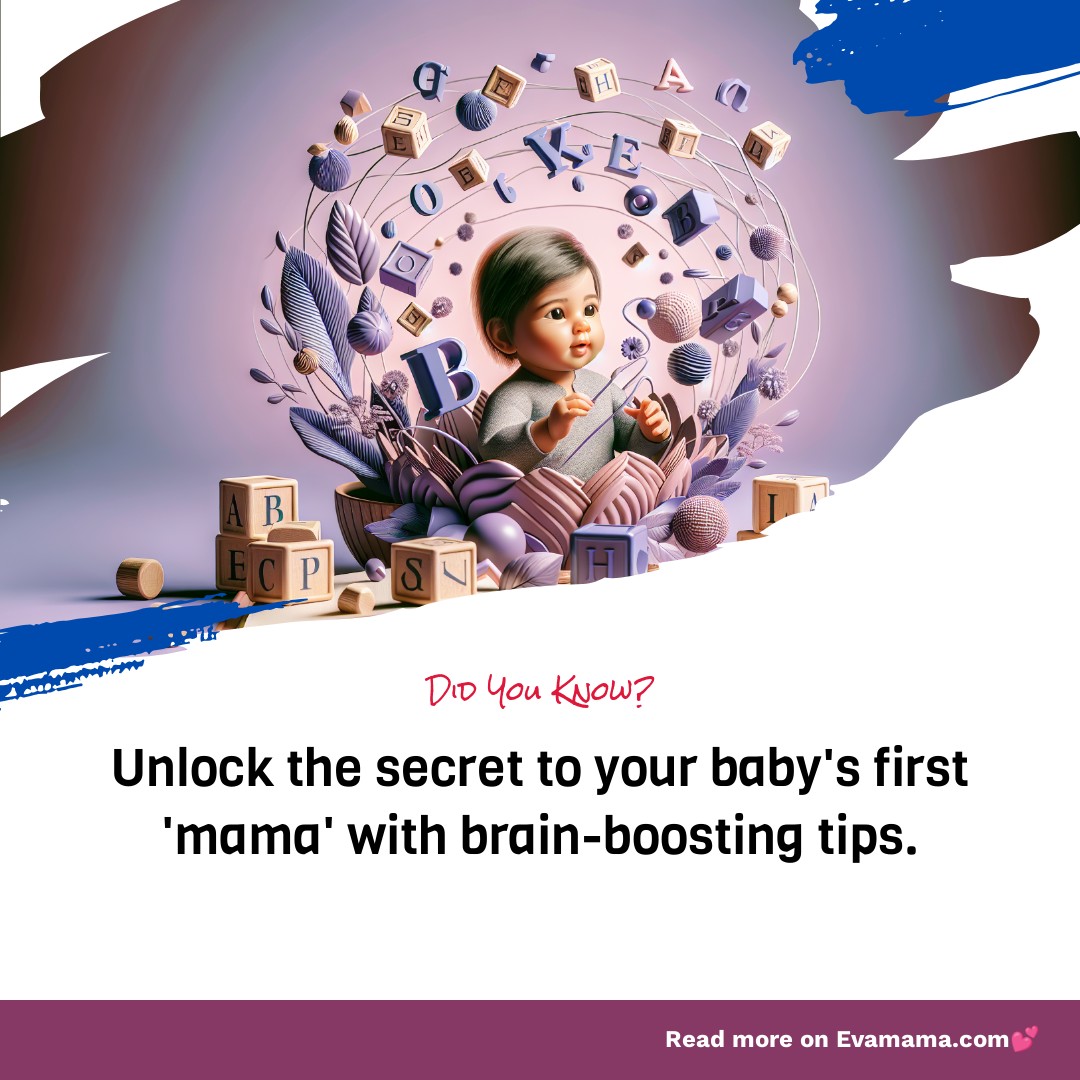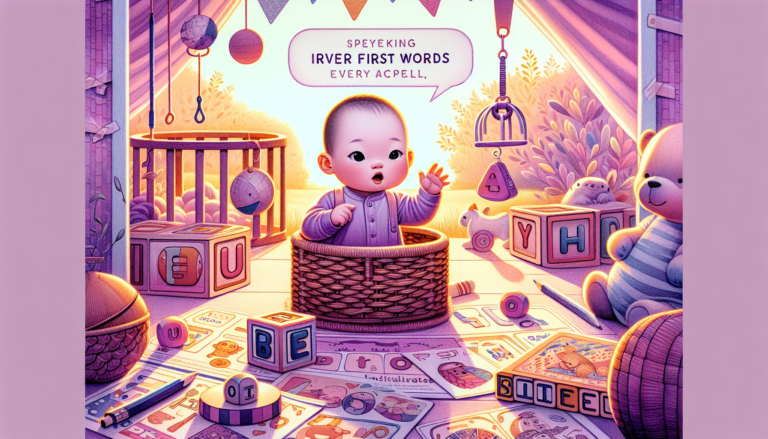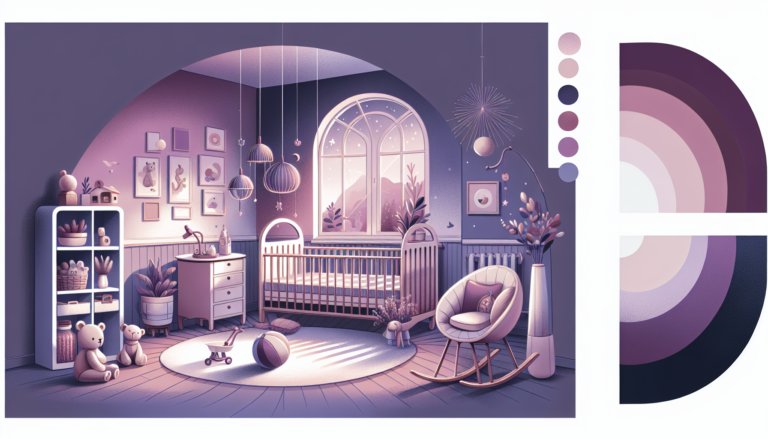Babys First Words Unveiled: Cognitive Development Tips for Moms
Spell outing the Mystery of Baby’s First Words: A Guide for Moms
The science behind a baby’s first words is rooted in cognitive development. Imagine the sheer delight when your little one looks up at you and says “mama” for the first time. It’s not just adorable; it’s a complex dance of cognitive skills coming together.
That moment is the culmination of months of growth and learning, a puzzle that every parent is eager to understand and support. As a storyteller who has navigated the twists and turns of early language development, I’ve seen firsthand the wonder and the challenges it brings.
Let’s unravel the mystery together. This article will guide you through the cognitive milestones that lead to your baby’s first words, offering practical tips to foster their development. Because when it comes to your child’s first “hello,” every mom wants to be part of the conversation.
The Symphony of Cognitive Milestones: Setting the Stage for Speech
You’ve been eagerly awaiting the moment your baby will utter their first word. It’s a milestone that feels like a rite of passage, a sign that your little one is embarking on the journey of communication. But what exactly paves the way for this momentous occasion? It’s a symphony of cognitive milestones, each playing its part in the grand performance of early language acquisition.
Cognitive Readiness: Before a baby can speak, their brain needs to reach a certain level of development. This includes the ability to recognize sounds and patterns, which begins in the womb. Studies have shown that newborns can recognize the rhythm and melody of their mother’s voice, which they’ve been listening to for months.
The Power of Interaction: Engaging with your baby is like striking the keys of a piano—each interaction elicits a response, a note in the melody of language development. When you talk, read, and sing to your baby, you’re not just entertaining them; you’re laying the groundwork for their first words.
Environmental Cues: The Language Garden That Needs Tending
Imagine your baby’s language skills as a garden. Just as plants need the right environment to grow, so does your baby’s ability to speak. The seeds are there, planted deep within their cognitive abilities, but they need the right stimuli to sprout.
A Rich Matrix of Sounds: Surround your baby with a variety of sounds. Different languages, music, and even the everyday hum of life contribute to their auditory experience. This diversity helps them discern the nuances of language, making it easier to form their own words when the time comes.
Visual and Tactile Experiences: Language isn’t just about sounds; it’s about connecting words to the world around them. Point out objects and name them. Let your baby touch and feel different textures. These sensory experiences are like sunlight and water, needed for the growth of their language garden.
The Role of Caregivers: The Maestros of Language
As a mom, you’re the conductor of your baby’s language orchestra. Your interactions are required in guiding them towards their first words.
Responsive Parenting: When your baby babbles, respond as if they’re having a conversation with you. This back-and-forth exchange, known as “serve and return,” is critical. It teaches your baby the rhythm of conversation and the joy of being heard.
Modeling Language: Use clear, simple language when speaking to your baby. Emphasize important words and repeat them. This modeling helps your baby grasp the sounds and meanings of words, making it easier for them to try them out themselves.
Cognitive Processes: The Inner Workings of Baby’s First Words
The brain is a remarkable organ, especially in the early years of life. Understanding the cognitive processes involved in language acquisition can help you nurture your baby’s development.
Memory Development: A baby’s memory is like a sponge, absorbing everything around them. Repeating words and phrases helps strengthen their memory, making it more likely they’ll After all and use those words themselves.
Pattern Recognition: Babies are natural pattern seekers. They notice the patterns in language, which helps them predict and eventually produce words. Engage in activities that highlight these patterns, like clapping to the rhythm of nursery rhymes or sorting objects by color and shape.
Creating a Nurturing Language-Rich Environment: Practical Tips
Now, let’s get practical. How can you create an environment that’s ripe for your baby’s first words?
Read, Read, Read: Books are a treasure trove of language. Choose books with simple, repetitive text and bright, engaging illustrations. Read with expression and point to the pictures as you tell the story. This not only introduces new words but also helps your baby connect those words to the images they see.
Sing and Play: Songs and playtime are not just fun; they’re educational. The melody of songs makes words easier to After all, and playtime often involves natural repetition of words and phrases, reinforcing language skills.
Narrate Your Day: Talk to your baby about what you’re doing, whether you’re folding laundry or preparing dinner. This running commentary provides a steady stream of language for your baby to absorb.
The Table of Language Development: Tracking Progress
| Age Range | Developmental Signs | How to Support |
|---|---|---|
| 0-3 months | Coos and gurgles | Talk and sing to your baby |
| 4-6 months | Babbling, imitates sounds | Respond to babbling, imitate back |
| 7-12 months | Understands simple words, uses gestures | Name objects and people, encourage gestures like waving |
| 12-18 months | Says first words, recognizes names | Read books, continue naming and describing |
How Can Moms Support Their Baby’s Speech Development?

Responsive communication is the cornerstone of your baby’s speech development. When you tune into their coos and babbles, you’re laying the groundwork for language. It’s like a tennis match; they serve, you return. This back-and-forth is key. It teaches your little one the rhythm of conversation and the joy of being heard.
Engage with Parentese to Boost Language Acquisition
Parentese, that sing-song voice we naturally adopt with infants, isn’t just cute—it’s scientifically proven to support speech development. The exaggerated vowels and high pitch grab your baby’s attention. It’s like highlighting the words in a book, making the sounds of speech more distinct. So, when you’re chatting with your baby, amplify your voice’s melody. It’s not just baby talk; it’s a language lesson.
Reading Aloud: A Pathway to Rich Vocabulary
Books are a treasure trove of words, and reading to your baby is like giving them a key. Even before they understand the stories, they’re soaking in the sounds and rhythms of language. Choose books with bright pictures and repetitive phrases. Point to the images as you name them. It’s a simple action, but it connects the dots between words and the world.
Singing: The Melody of Words
Songs are the sticky notes of language. The melodies make words memorable. Sing nursery rhymes or make up your own tunes. The repetition and rhythm are not just entertaining; they’re teaching your baby about the structure of language. And don’t worry about your singing voice—your baby thinks it’s the best sound in the world.
Language Delay: When to Seek Help
Every baby develops at their own pace, but if you’re worried about a language delay, trust your instincts. Look for milestones, like babbling by six months or using simple words by one year. If you’re concerned, talk to your pediatrician. Early intervention can make a world of difference.
Activities to Encourage Speech and Language Development
| Age Range | Activity | Description |
|---|---|---|
| 0-6 months | Mirror Play | Hold your baby in front of a mirror and describe what you both see. |
| 6-12 months | Simple Games | Play peek-a-boo and pat-a-cake to teach turn-taking and rhythm. |
| 12+ months | Naming Objects | Point and name objects during daily routines to build vocabulary. |







